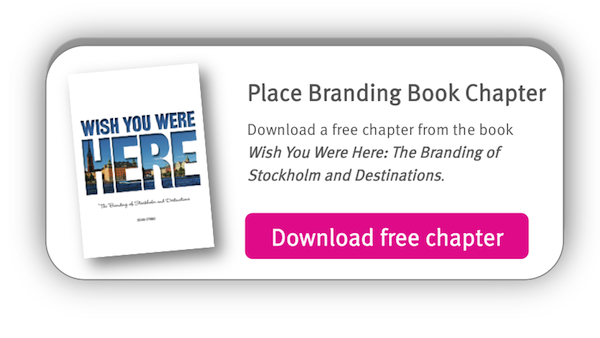The logo that transformed a city
Today’s New York City is a delight; one of the world’s most desirable places to live, work, or visit. Its name is synonymous with success, wealth and the American dream. But back in the mid-70s, New York was a different place. It was dirty and rundown, suffering from serious crime and drug problems. People associated New York with danger and lawlessness. Despite the city’s low morale at this time, New Yorkers still regarded their city with great affection. Perhaps some kind of catalyst was needed to rally people around and set much-needed social change in motion.
In 1977, Milton Glaser was the man who provided that catalyst. His historic ‘I Love NY’ logo design harnessed the positive spirit of New Yorkers and, with its bright uplifting looks, became a tangible representation of people’s inherent love for their city. As their sense of pride grew, so people became more inspired to make New York a better place to live.
As Glaser himself once commented in an interview, New Yorkers suddenly experienced a ‘shift in sensibility.’ One day the streets were ‘full of dog crap’ and no-one cared; the next day, people got fed up with stepping in it. The city began to react. Authorities started levying $100 fines upon careless dog owners, and the streets quickly became cleaner. Many have said that Glaser’s logo helped turn New York’s image around. And it wasn’t just a temporary shift.

Throughout the 80s and 90s New York experienced a meteoric rise in popularity and success. International firms jostled with each other to invest in New York and foreign tourists flocked to see the city’s iconic landmarks. Shows such as Friends and Sex and the City furthered enhance New York’s new image and spread it across the world via people’s living rooms. Today, Glaser’s bold red on white ‘I Love NY’ is one of the world’s most recognisable city logos, adapted, satirised, loved, changed, featured on t-shirts, mugs, and all kinds of souvenirs. Some call the New York campaign the first true example of planned city brand strategy.
What does a city brand do?
As today’s city brand experts are well aware, it usually takes more than just a logo to brand a city. City branding involves communicating the feelings, culture, and overall mindset people experience when visiting a city. The best brand strategies always dig deeper into the history and culture of cities, to discover their archetypes, their soul, their identity, and their reality.
In our current digital age, it’s easy for potential visitors to quickly Google a city and decide whether or not they want to go there. For cities, it has become vital to define themselves. Else they risk becoming bland and irrelevant, getting swept away and perhaps even buried by the tide of information that consumes audiences every day. That makes having a distinctive city brand one of a city’s most valuable assets.
The brand promise is an essential part of building a city’s brand. What does the city wish to become known for? And is it making efforts to live that promise on a consistent, long-term basis? That’s what an effective city brand strategy should look like. Think of Paris, London, or Stockholm. What associations come to mind when these city names are mentioned? We all carry a certain set of associations in our minds that are invoked almost subconsciously when we hear the names of these cities.
What drives city brands?
A city brand has a number of key drivers: attraction of tourists, inward investment, and talent in the form of new taxpaying residents. The key to powerful, resonant branding is to find what makes your city stand out from the crowd. For example, most tourists want similar things in a destination, such as plenty of decent hotels and places to eat, lots of history and culture, things to see and do, all wrapped up in a safe environment in which to do them all.
But these are nothing unique and many cities offer these benefits. To truly stand out, a city needs to find its unique story and then tell it to its target audiences in an original, compelling and believable way. Successful city branding depends largely on how well a city can define its offer and make itself stand out among the competition. Positioning is everything - and it must be simple, credible and relevant.
In conclusion, yes, cities can be brands. In fact, many of them become so with little effort on their part. But rather than accepting the reputation your city gains organically, it’s wise to take steps to steer it in a direction that will be beneficial for all stakeholders, from local government to business and civil society. Responsibility for driving the brand of your city rests in your hands. Be strategic, be imaginative, and make the most of it!
Listen to our Place Branding podcast interview with Milton Glaser here:
http://www.upthereeverywhere.com/podcast-episode2-new-york/
